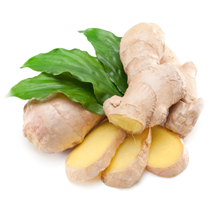ITS ORIGIN
Agave nectar (sometimes called agave syrup) is most often produced from the Blue Agaves that flourish in the volcanic soils of Southern Mexico. Agaves are large, spikey plants that resemble cactus or yuccas in both form and habitat, but they are actually similar to the familiar Aloe Vera.
Agaves come in many sizes and colors. There are over 100 species. Due to the Blue Agave’s high carbohydrate content (which results in a high percentage of fructose in the final nectar), Blue Agave is the preferred species for producing nectar. Though there are other species used to produce agave nectars, such as the Maguey Agave, the premium nectars are produced from 100% Weber Blue Agave.
ITS TASTE
The taste of agave nectar is analogous, though not identical, to honey. Many people who do not like the taste of honey find agave a more palatable choice. It also has none of the bitter aftertaste associated with artificial sweeteners.
WHY AGAVE OVER OTHER SWEETENERS
It can be a challenge for even experienced cooks to substitute artificial sweeteners for sugars without compromising food quality or palatability. An artificial sweetener may be suitable for reducing the caloric content and glycemic index of a dish, but they lose their usefulness in many other culinary applications where a sugar is needed for more than its ability to sweeten. Continue reading

 Ginger is native to
Ginger is native to